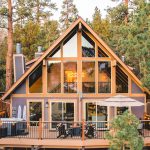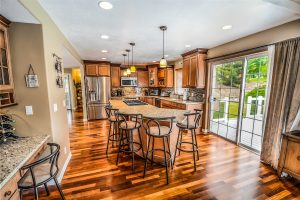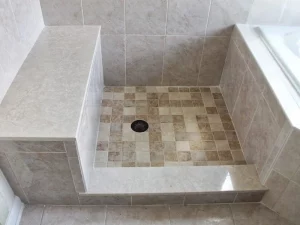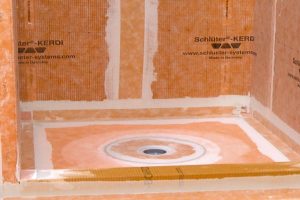Block vs Wood Frame Construction
Brad with Home Love Construction answers the question of whether a wood room addition is cheaper than a block room addition. As of March 2021, the price of lumber has gone up significantly, making the cost of wood room additions almost the same as block room additions. However, block is still the better product, and the only reason to build a wood room addition these days is if you already have an existing wood frame home.
In a wood room addition, the studs must be Southern Yellow Pine, prime, and load-bearing rated. It is very rare to see a 2×4 wall. More commonly, exterior walls are two-by-six or two-by-eight, which raises prices because these are Southern Yellow Pine and structurally rated members. Even when the wall is up, it must be covered with something on the outside. The cost of plywood sheathing has doubled in the past two years, making the plywood much more expensive. For a stucco finish on the exterior, paper-backed wire lath must be put over the entire wood frame area.
On the inside of that wood frame wall, the bat insulation must be thick, which increases the insulation cost. Before the wire lath goes on and after the plywood goes on, a fifth layer of the Tyvek water barrier must be added, which also adds cost. This is five layers plus the added cost of insulation.
In contrast, block is a cementitious material, and the fewer materials needed to build block rooms make the cost of building one less expensive than building a wood room addition. A block room addition is built using blocks, which is a cementitious material, and therefore, more structurally sound.
Wood room additions may not be cheaper than block room additions anymore, but the cost may still vary based on the location, local prices, and local codes. However, a block room addition is more advantageous in terms of structural integrity and durability. It is essential to remember that the cost of building a room addition depends on a variety of factors, and it is best to consult a professional before making a decision.
Some people choose to build a room addition with metal studs instead of wood, which is a good alternative to traditional wood framing. Metal studs are more cost-effective, don’t shrink or warp, and resist fire, pests, and mold. However, metal studs may not be as strong as wood framing, so it’s important to ensure that they meet local building codes.
Another option is Insulated Concrete Forms (ICFs), which are hollow blocks or panels made of expanded polystyrene foam. ICFs provide excellent insulation and soundproofing, are energy-efficient, and can withstand severe weather. However, ICFs are more expensive than traditional wood framing, and it may be challenging to find a contractor who is familiar with them.
In summary, the cost of building a wood room addition has gone up significantly in recent years, making it almost the same as a block room addition. Block is a better product in terms of structural integrity and durability. Metal studs and ICFs are good alternatives to traditional wood framing, but they have their advantages and disadvantages. The cost of building a room addition depends on a variety of factors, including location, local prices, and local codes. It is best to consult a professional before making a decision.

 Previous Post
Previous Post Next Post
Next Post


